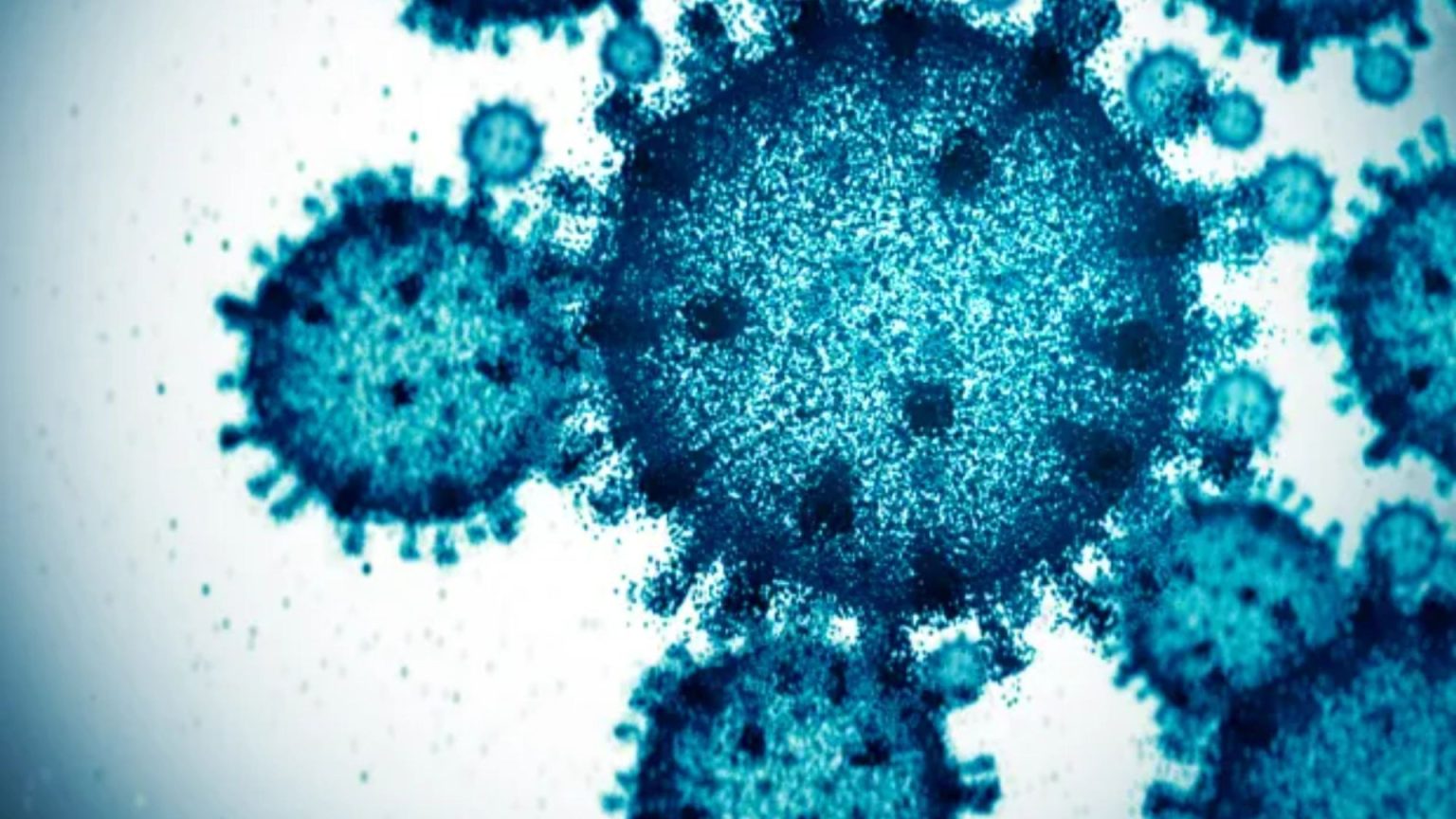The first human fatality from the H5N1 bird flu in the United States has raised concerns about the virus’s pandemic potential. A Louisiana man over 65 with pre-existing health conditions succumbed to the virus after exposure to sick and dead birds in his backyard flock. While this marks the first known US case linked to backyard birds, it underscores the increasing risk of human exposure due to the virus’s widespread circulation among various animal populations, including wild birds, poultry, and even cows. Genetic analysis suggests the virus may have mutated within the deceased patient, potentially contributing to the severity of his illness. Although there is no current evidence of human-to-human transmission, this case highlights the need for continued vigilance and precautionary measures.
The spread of H5N1 among diverse animal species creates an environment ripe for potential spillover events into humans. As the virus circulates more widely, the probability of human exposure increases, elevating the risk of infection. Health officials emphasize the importance of protective measures, particularly for individuals who handle or come into contact with birds, including wearing appropriate respiratory and eye protection, as well as gloves. Early detection and prompt reporting of suspected cases are crucial for effective monitoring and preparedness.
Recent research has revealed the alarming proximity of H5N1 to acquiring the ability for human-to-human transmission. Scientists have identified a specific mutation, Q226L, that enhances the virus’s capacity to bind to human-like cell receptors in the upper respiratory tract. This adaptation could potentially enable the virus to spread through respiratory droplets, similar to seasonal influenza. The mutated strain found in the Louisiana case further supports this concern, as it demonstrates an improved ability to bind to human upper airway cells, increasing the possibility of transmission through coughing or sneezing.
While the primary mode of H5N1 transmission remains through close contact with infected birds, including touching, petting, or handling contaminated materials like droppings or bedding, the potential for airborne transmission warrants serious attention. Consuming fully cooked poultry or eggs does not pose a risk of infection, even in areas experiencing outbreaks. The World Health Organization (WHO), while acknowledging the current low risk to humans, stresses the importance of international collaboration and rapid information sharing to effectively monitor the virus’s evolution and prepare for potential outbreaks.
The Louisiana case represents the first severe instance of H5N1 infection in the US, coinciding with the virus’s rapid spread among cattle this year. The mutation identified in this case facilitates the virus’s binding to human upper respiratory cells, a characteristic not typically seen in avian influenza viruses. This development raises concerns about the virus’s increasing adaptability to human hosts and the possibility of more efficient human-to-human transmission. While the source of infection in this case is believed to be the individual’s backyard birds, the presence of this mutation emphasizes the need for ongoing surveillance and research to track the virus’s evolution and assess the risk of future outbreaks.
The US Centers for Disease Control and Prevention (CDC) has documented numerous human exposures to H5N1 in 2024, with cases reported across several states. A majority of these exposures were linked to contact with infected cattle, followed by poultry farms and culling operations. The Louisiana case represents a unique instance of exposure through a backyard flock. The diverse range of exposure sources underscores the wide circulation of the virus within animal populations and the potential for human infection through various pathways. The ongoing surveillance efforts and data collection by the CDC provide valuable insights for understanding the epidemiology of H5N1 and informing public health strategies to mitigate the risk of further spread. While the overall risk to humans currently remains low, the potential for the virus to acquire human-to-human transmissibility warrants continued vigilance and proactive measures.




